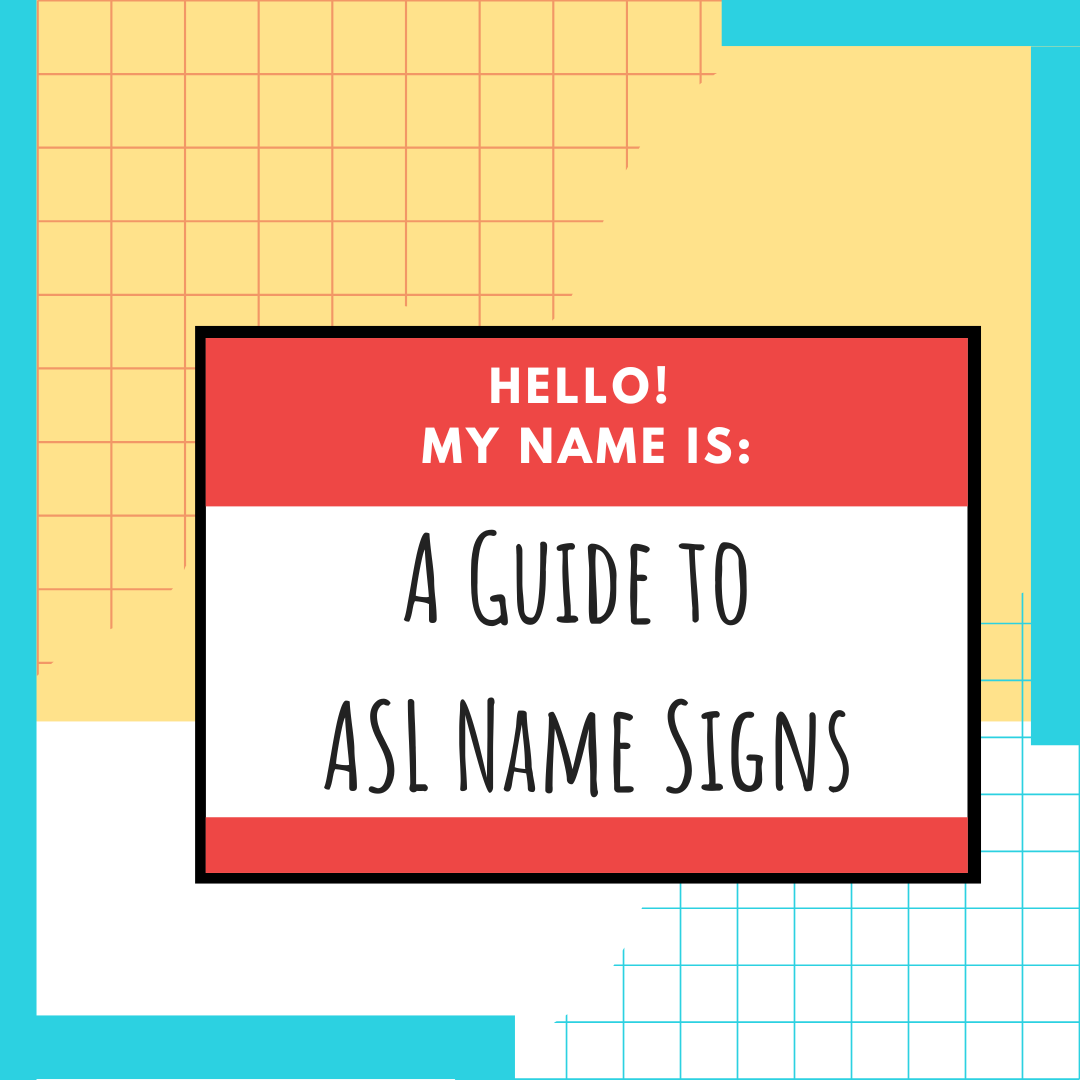
Bilingualism and Deaf Education
The discussion of Deaf Education and its pedagogy has been examined relentlessly for many decades and continues to be a heated topic of discussion. Deaf children, whether with or without exposure to sign language in the home, are products of a bilingual education. Not only is their learning environment bilingual, but it is a very unique one. Deaf students are often required to learn two languages simultaneously (English and Sign Language) yet the dominant language that they are required to understand in its fullness is not their native language. Hypothetically, this bilingual standpoint is complex because these students at a very young age are being required to rely on translation to receive an education if English is the dominant language of the classroom. My question is where does the importance lie? Should the focus of Early Deaf Education be teaching a strong foundation in ASL, beginning in preschool through first grade so that there is the chance for a stronger educational foundation in the child’s later educational journey or do we continue with a bilingual approach?
In the research article titled How Deaf American Sign Language/ English Bilingual Children Become proficient Readers: A Emic Perspective conducted by Judith L Mounty Concetta T. Pucci and Kristen C. Harmen, sought to find strategies and indicators associated with ASL/English Bilingual deaf children’s transition from “learning to read” to “reading to learn” (Mounty Pucci Harmen). This study acknowledged Cummins claims of common underlying proficiency (CUP), which is the process that allows individuals to learn two languages and transfer knowledge across languages. They also took into consideration his theory of linguistic interdependence, which states how proficiency in language one (L1) will excel the proficiency of language two (L2). However, it is important to note that Harmen himself stated this theory contradicts or does not account for deaf children (Hermans). Since there is no written form of American Sign Language, written proficiency in L1 is not possible before attempting literacy proficiency in L2. The study sought to observe from an emic perspective the learning environment of deaf children, in hopes of analyzing a bilingual setting to assess an effective way to foster literacy and promote education. The researchers examined teachers and parents who were familiar with the bilingual principles of education and discussed how they, as teachers and parents, taught their children to become proficient readers.
The results produced four themes that were found across the data collected. Theme one stated how both ASL and English are important for deaf children and the bidirectional nature of their development undergirds reading proficiency (Mounty Pucci Harmen). In other words, this theme is stating how the development of ASL skills helps aid in the developing of English skills. An illustration of this concept was seen through the example of a girl who, when reading and struggling to understand, would draw upon her ASL skills and use vocabulary words to try and understand the story. The study noted of a bidirectional feedback loop between ASL and English to aid in proficiency, meaning that the nature of language learning when learning in a bilingual setting bounces back and forth between both ASL and English. Often times English dominant environments will highly encourage English language development before ASL, but it is important for Deaf children to learn ASL and build vocabulary to then support their English language learning. The second theme addressed the significance of printed English to support the development of ASL and English. This allowed for a connection to be made between spoken language, written language systems and sign language. The third theme addressed the importance of engaging with children and using intentional techniques to develop metacognitive and metalinguistic skills in both languages. By seeking explanation from students and using expansion in ASL it promotes cognitive academic language proficiency in both languages. The final theme was that fingerspelling provided a bridge between ASL and English. Exposing ASL to children early through fingerspelling will allow the brain to more easily become bilingual and permit later academic success due to the development of appropriate brain structures (Penicaud.)
The concept of a bilingual education for deaf children is currently one of the most known approaches but is still highly controversial and questions are continually raised about what the most effective way is to teach deaf children. However, most members of the Deaf community agree that ASL should be the dominant language within deaf children’s educational lives and flexibility and variations should be about the types of instructional methods should be used. Deaf children are often thrown into a bilingual setting at a very young age and it is crucial that there is concrete evidence to support the method of teaching being implemented as well as how they are being assessed to advocate for the most effective educational environment.
Work Cited:
Cummins, J. (2000). Language, power, and pedagogy: Bilingual children in the crossfire (Vol. 23). Multilingual Matters.
Mounty, J. L., Pucci, C. T., & Harmen, K. C. (2013). How Deaf American Sign Language/English bilingual children become proficient readers: An emic perspective. Journal of deaf studies and deaf education, ent050.
Penicaud, S., D. Klien, R.J. Zatorre, J. Chen, P. Witcher, K. Hyde, and R. I. Mayberry, (2013). Structural Brain Changes linked to Delayed First Language Acquisition in Congenitally Deaf Individuals.
Start Learning ASL Today!
 Ready to start learning real American Sign Language and not just basic signs? Do you want to be a part of the vibrant Deaf community? Check out our Free ASL 1 Course or our Complete 4-Level ASL Course options and start learning ASL today!
Ready to start learning real American Sign Language and not just basic signs? Do you want to be a part of the vibrant Deaf community? Check out our Free ASL 1 Course or our Complete 4-Level ASL Course options and start learning ASL today!








